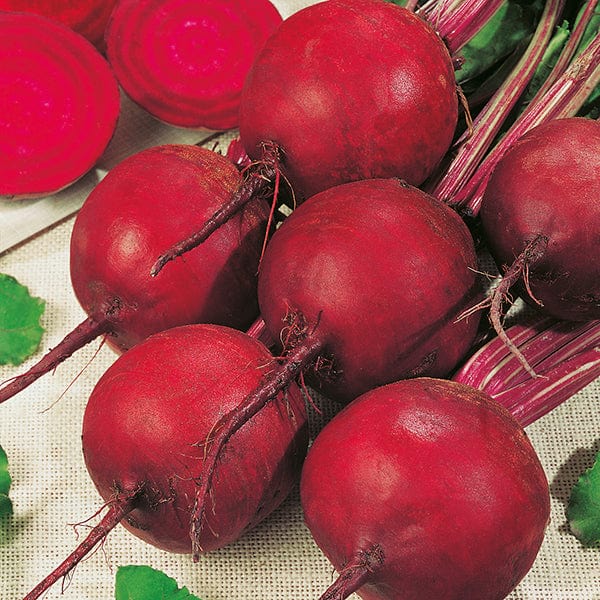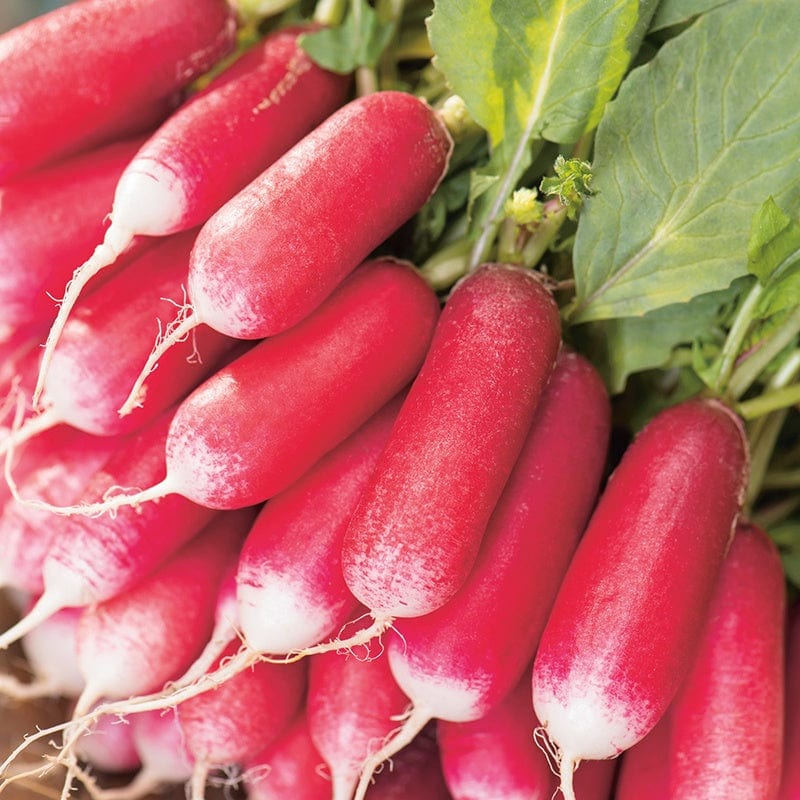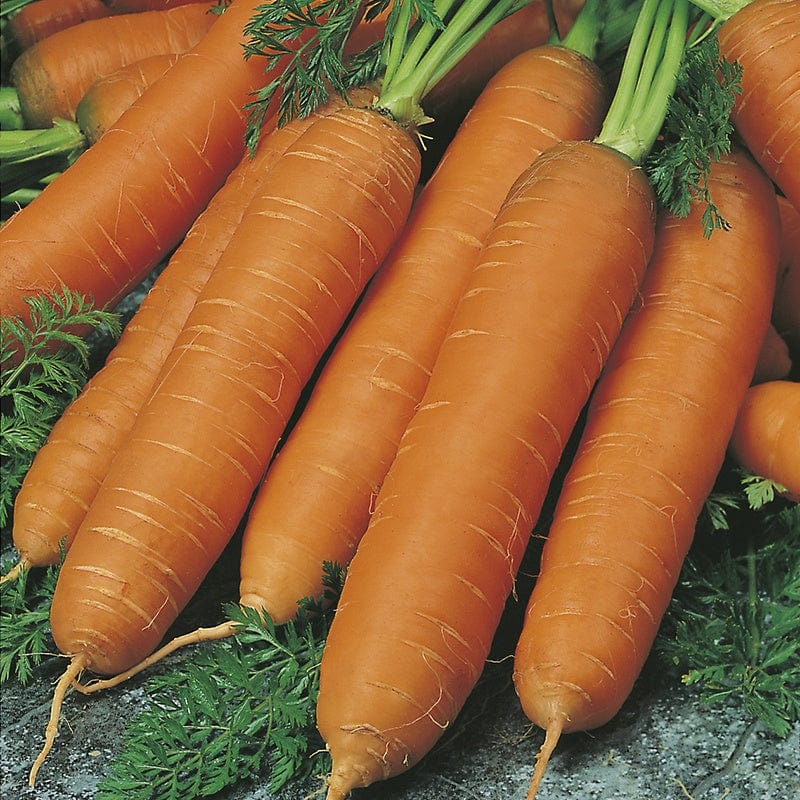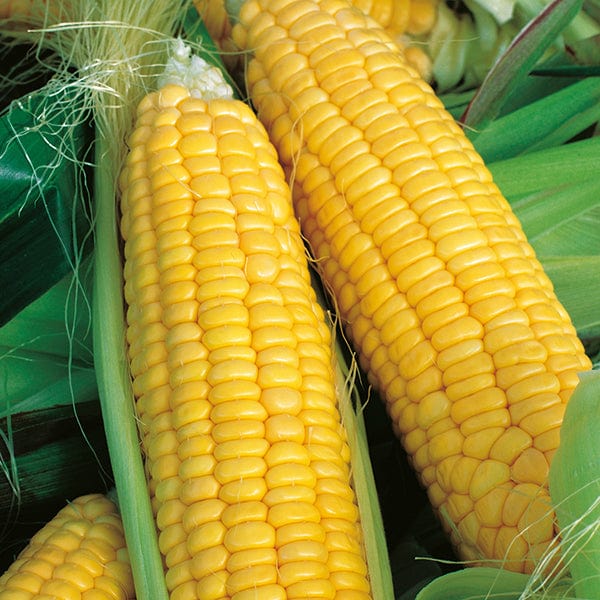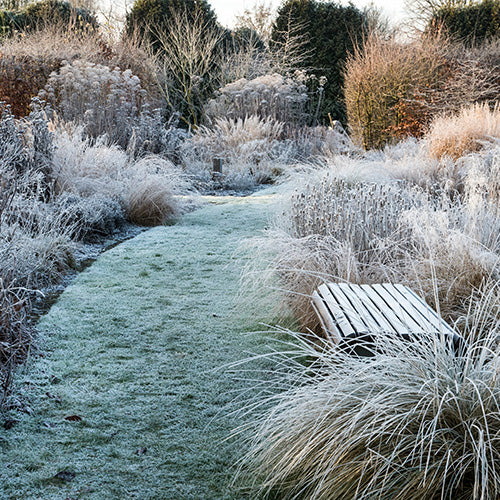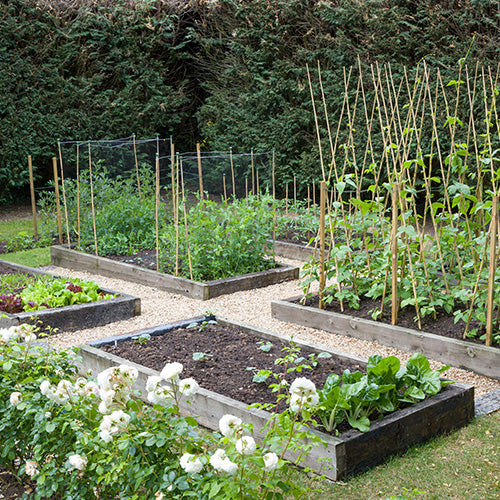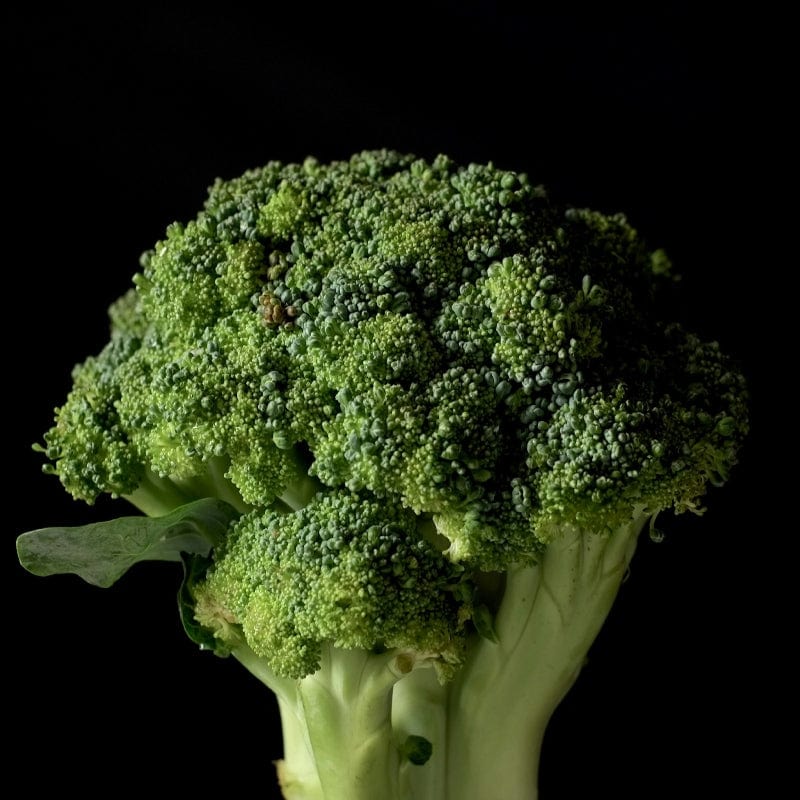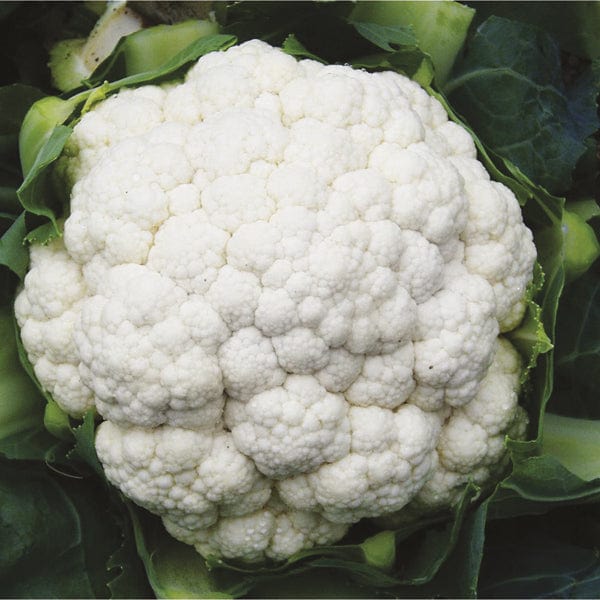Keep Notes - looking back often provides the greatest insights when planning ahead.
A garden diary is well worth keeping and will be of great use at this time of year. Note down all the successes and any failures, things to repeat and those to do differently. Not only is it fascinating to look back, it is guaranteed to give you a better chance of increasing the successes when the growing season begins while reminding you of those pitfalls you want to avoid.
Planning
If terrible weather is keeping you indoors, you can still make good use of the time by preparing for the season ahead, to give you the best possible start. Plan your spring sowing and planting, by choosing the plants, seeds, and bulbs that you want to grow. It often helps to draw a simple map or a sketch of your garden, plot north and south to better understand shady areas, and in the veg garden, to consider crop rotations.
On those rare but glorious, sunny February days there is little excuse needed to get outdoors and there are many worthwhile things to do which will benefit ther garden and prepare it for the season ahead.
Clean and Tidy
Keep up the good work tidying your garden, removing any leaves, weeds, or dead plants that could cause disease and damage if left to rot. Small jobs done regularly here and there to keep the veg plot, beds and borders tidy, will have a big impact in maintaining the health and productivity of the garden. This will also help you see where there are gaps in the border and create more room for new plants. Out with the old – in with the new.
Pruning
Now is a great time to prune any ornamental trees, shrubs and woody that bloom late in the summer on this year’s new growth. Most of them are dormant and have lost their leaves, making it easy to reach the stems that need cutting or removing. Start by getting rid of any parts that are dead, diseased or mouldy, then prune out a few stems or branches to improve its shape. Woody plants that flower early, tend to bloom on last year’s mature stems, so leave them alone for now, or you may reduce their flowering potential. It is usually best to prune them lightly right after they flower.
Sowing and Planting
In warmer regions, or under cloches, sow or plant some crops that can withstand the winter, such as garlic, onions, broad beans, or peas. These will give you an early harvest in spring. Be aware though that at this time of year everything needs extra protection from hungry pigeons or mice.
Paths
Sweep and clear any paths and patios in your garden, to prevent them from becoming slippery and dangerous, and to reduce the weeds that are trying to grow in the cracks.
Lawns
If you really want to get some exercise and the ground is not frozen, then rake and aerate your lawn - but only if it is dry and the soil is not waterlogged. Get rid of any moss or thatch that has built up with a scarifying tool or spring tine rake. Aerate the lawn by breaking up the soil structure with a tool designed for the job or simply by pushing a garden fork into it and repeating this over the whole lawn. You can then improve the drainage of your lawn by spreading sand over it and brushing it into the holes you’ve just made. This is especially helpful in areas of lawn that tend to get waterlogged. Winter Protection.
Preparing The Soil
Dig over your beds, if the soil is workable, adding compost and soil conditioner like well-rotted manure, organic matter or compost. This will enhance the structure, drainage, and fertility of your soil, and make it easier for your plants to grow.
Plant Protection
A less strenuous job that takes little time and is very worthwhile is to check on any protection you have used for your plants that are overwintering, especially after strong winds and winter storms. Make sure any fleece, tunnels or cloches you have used are still effective in protecting your plants from frost, snow, and ice, and still properly anchored down. Also check on any tree or plant ties that may have come loose in bad weather.



